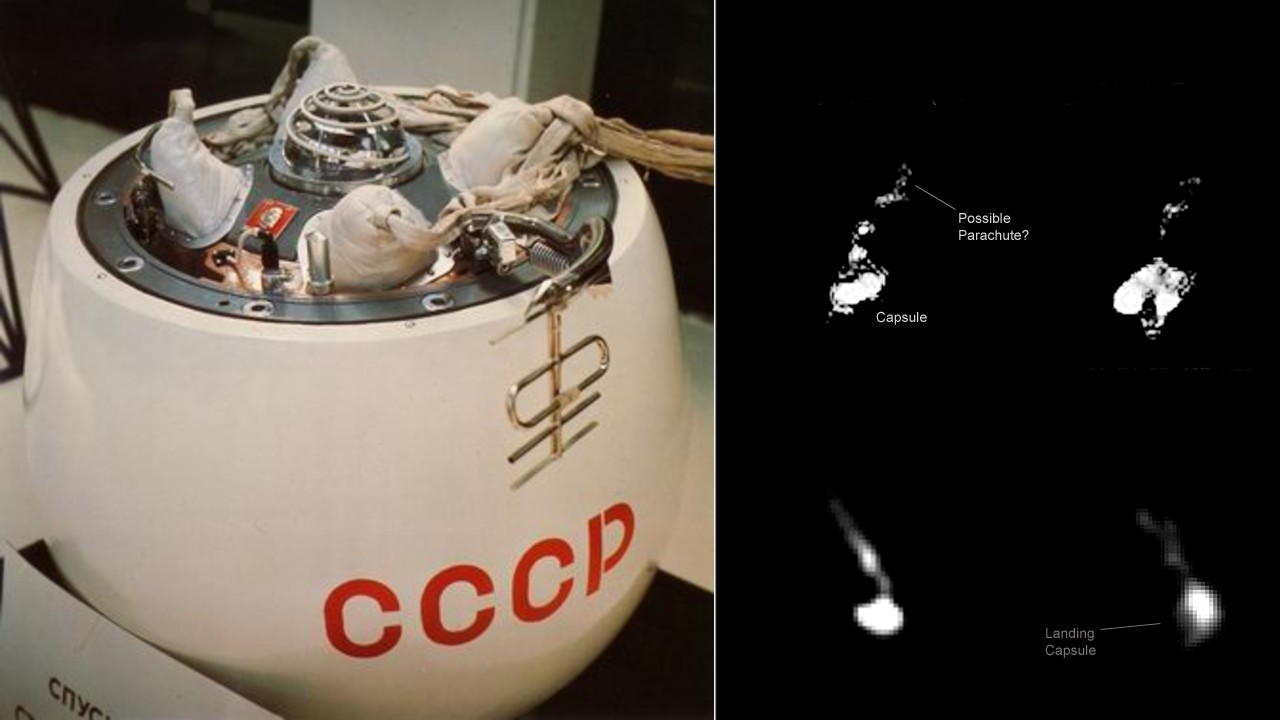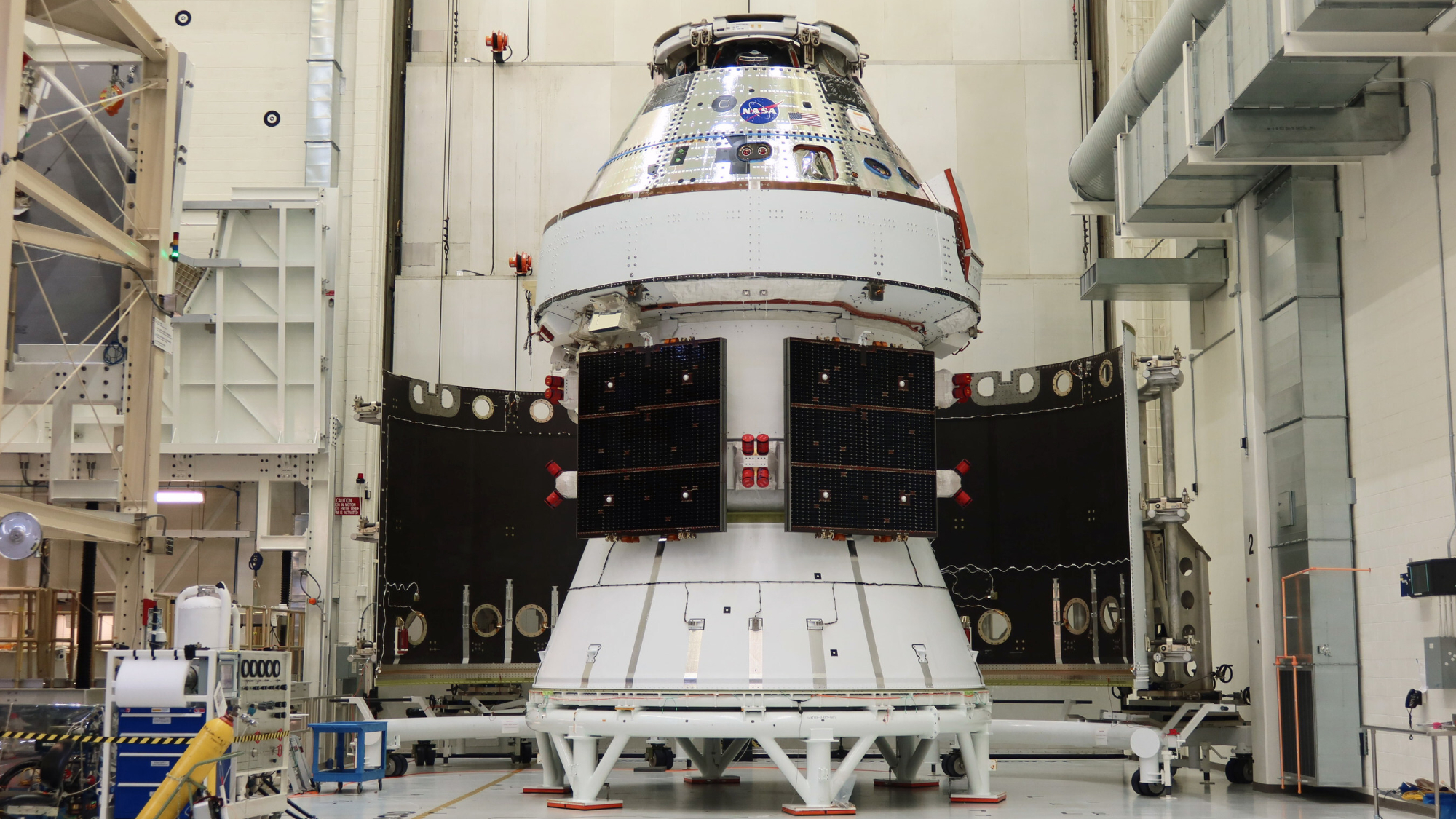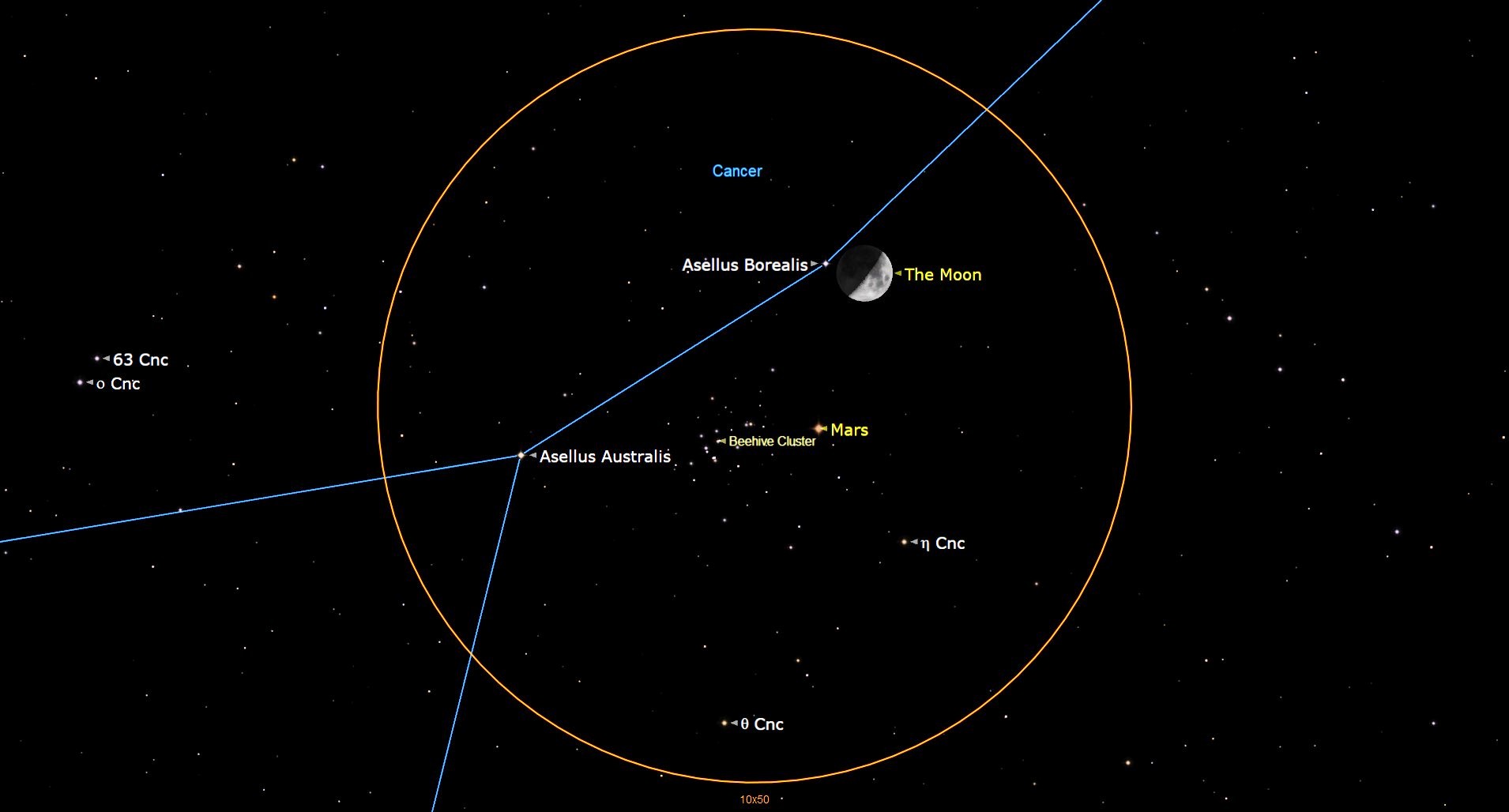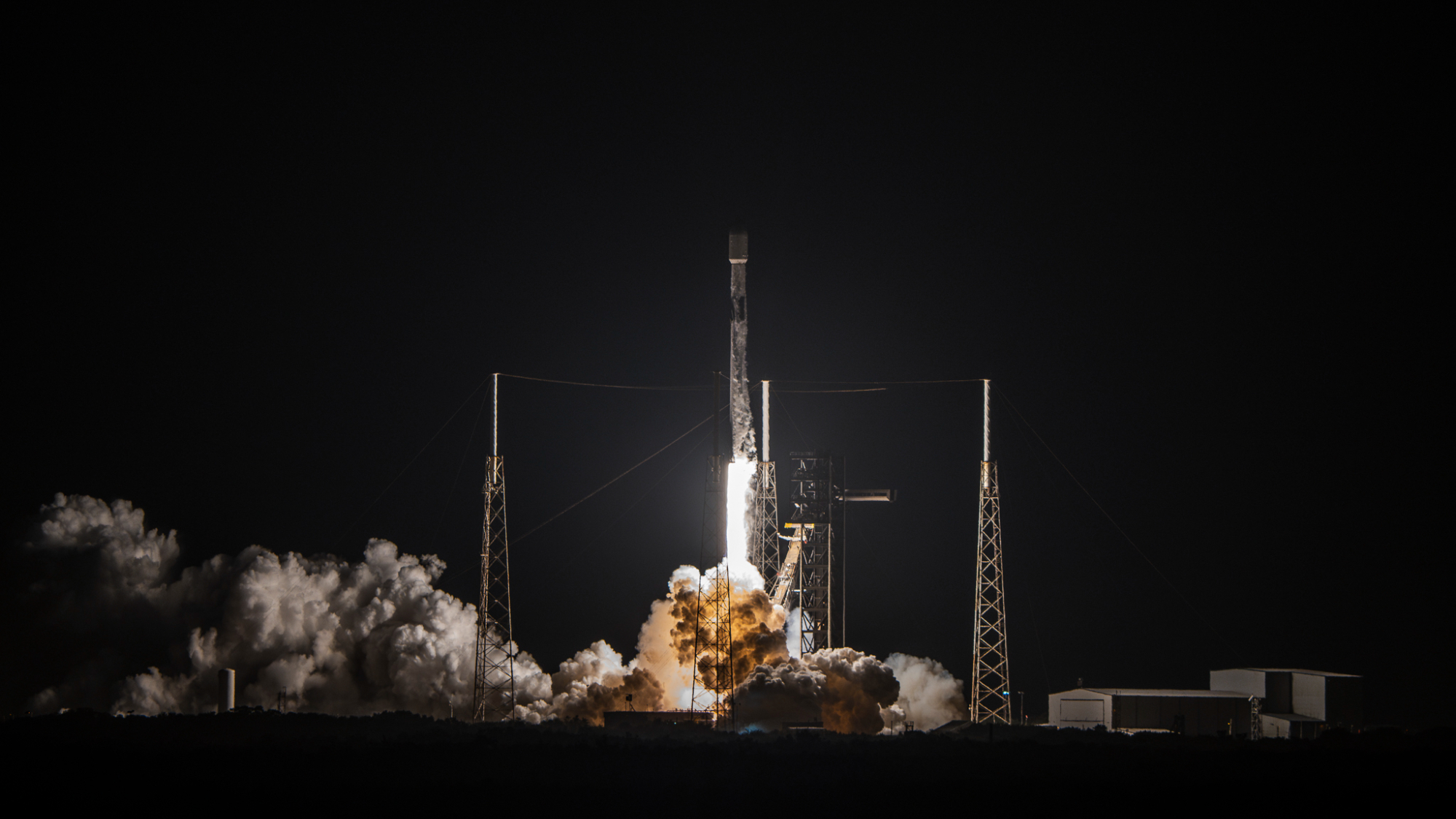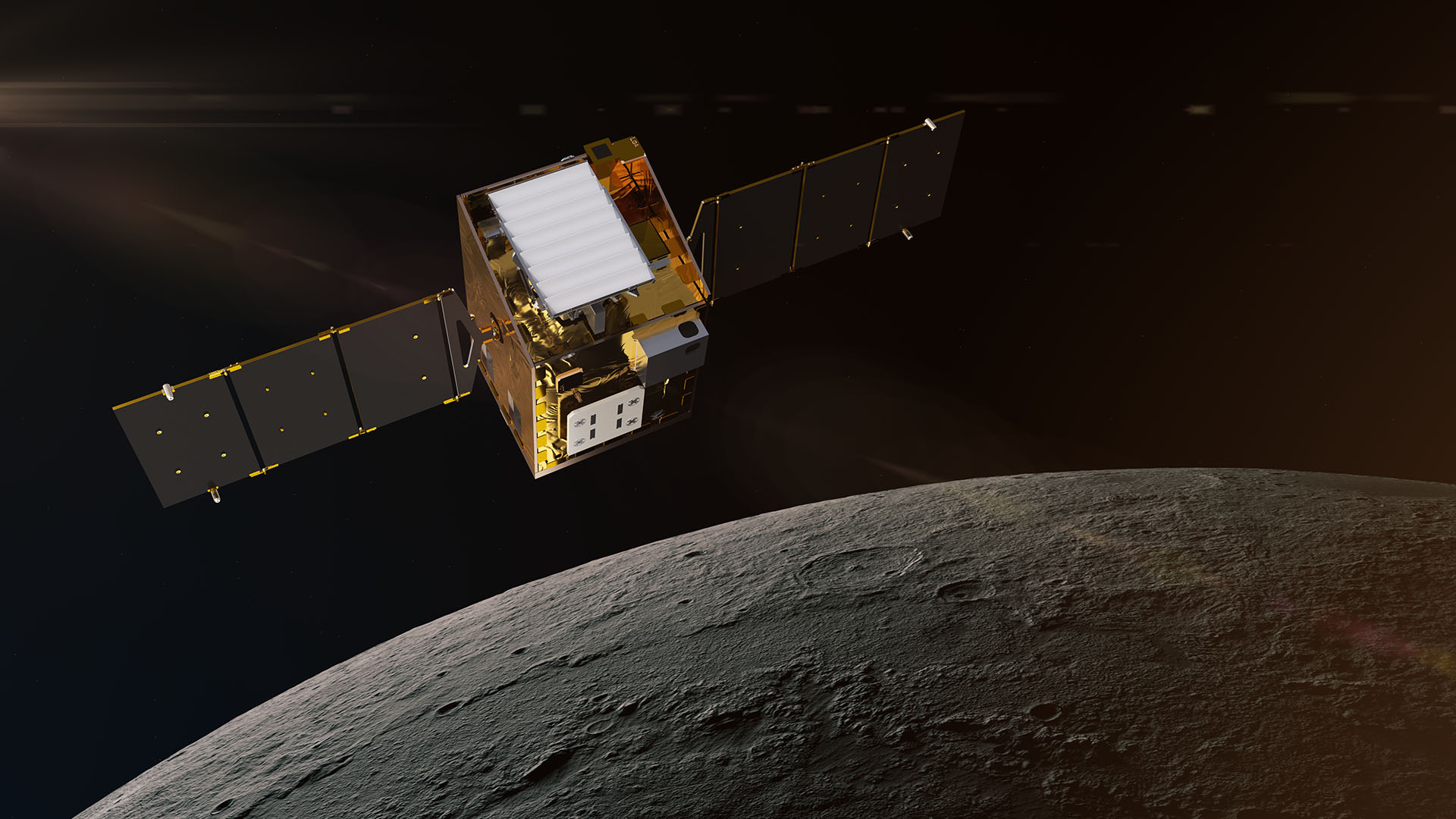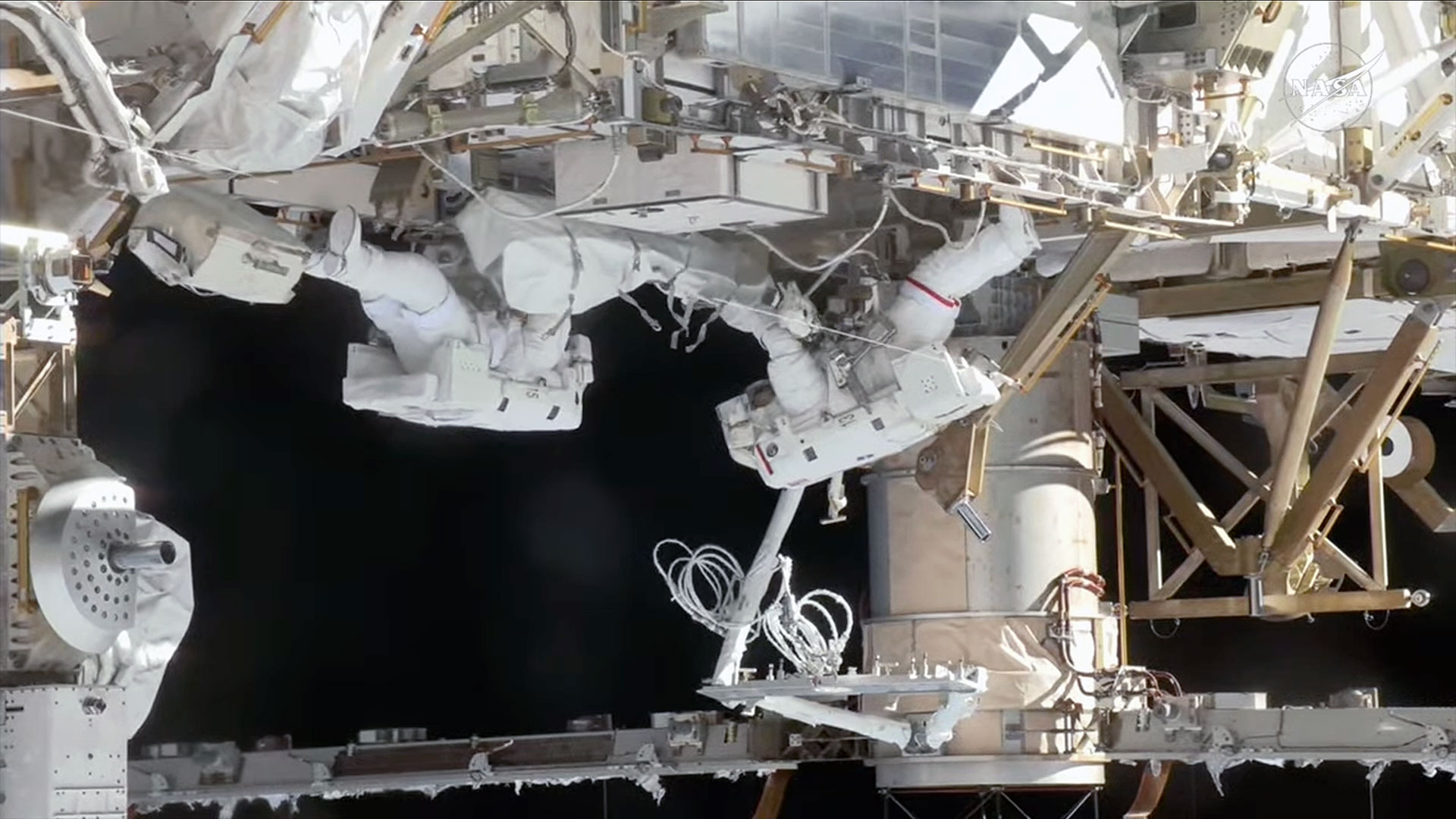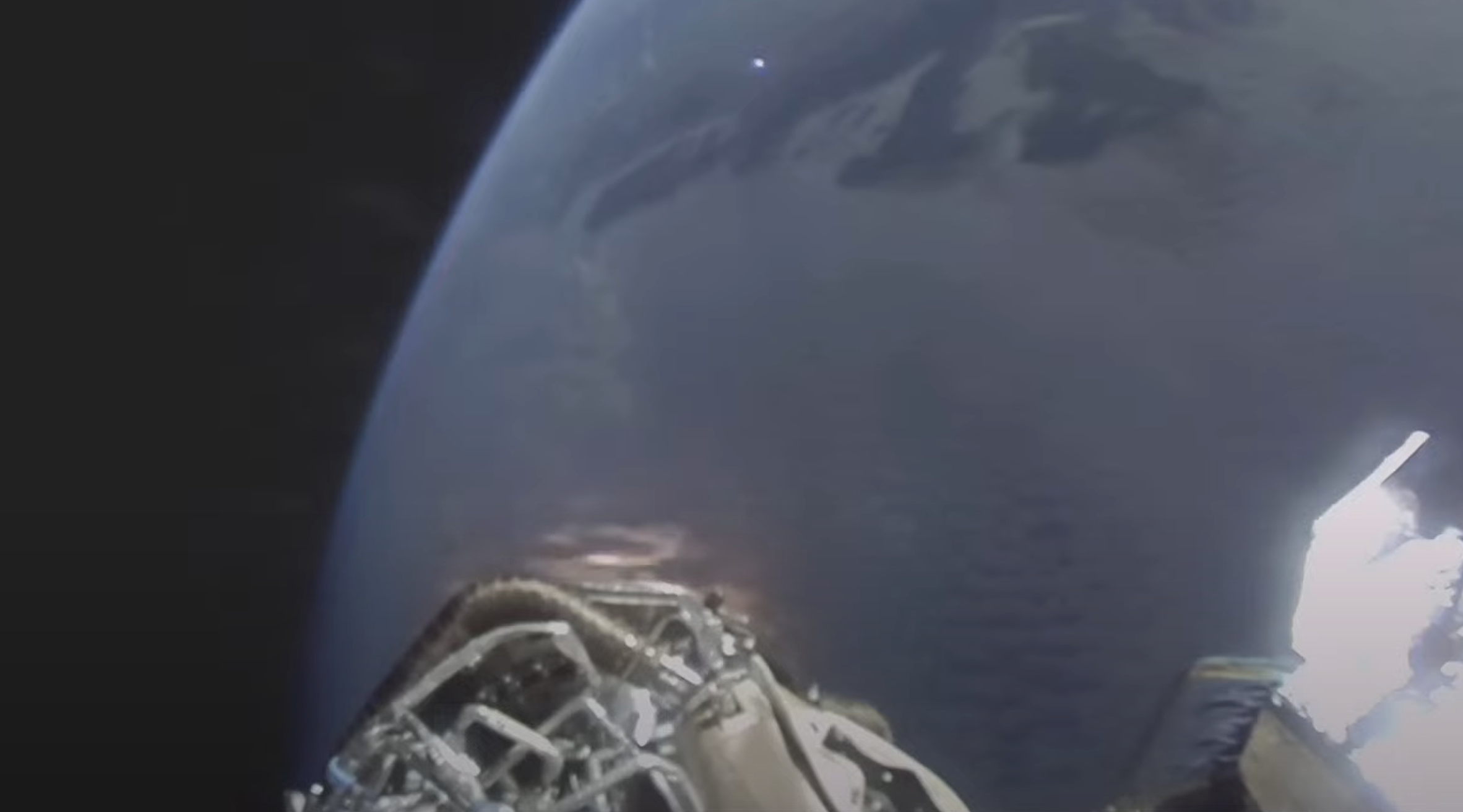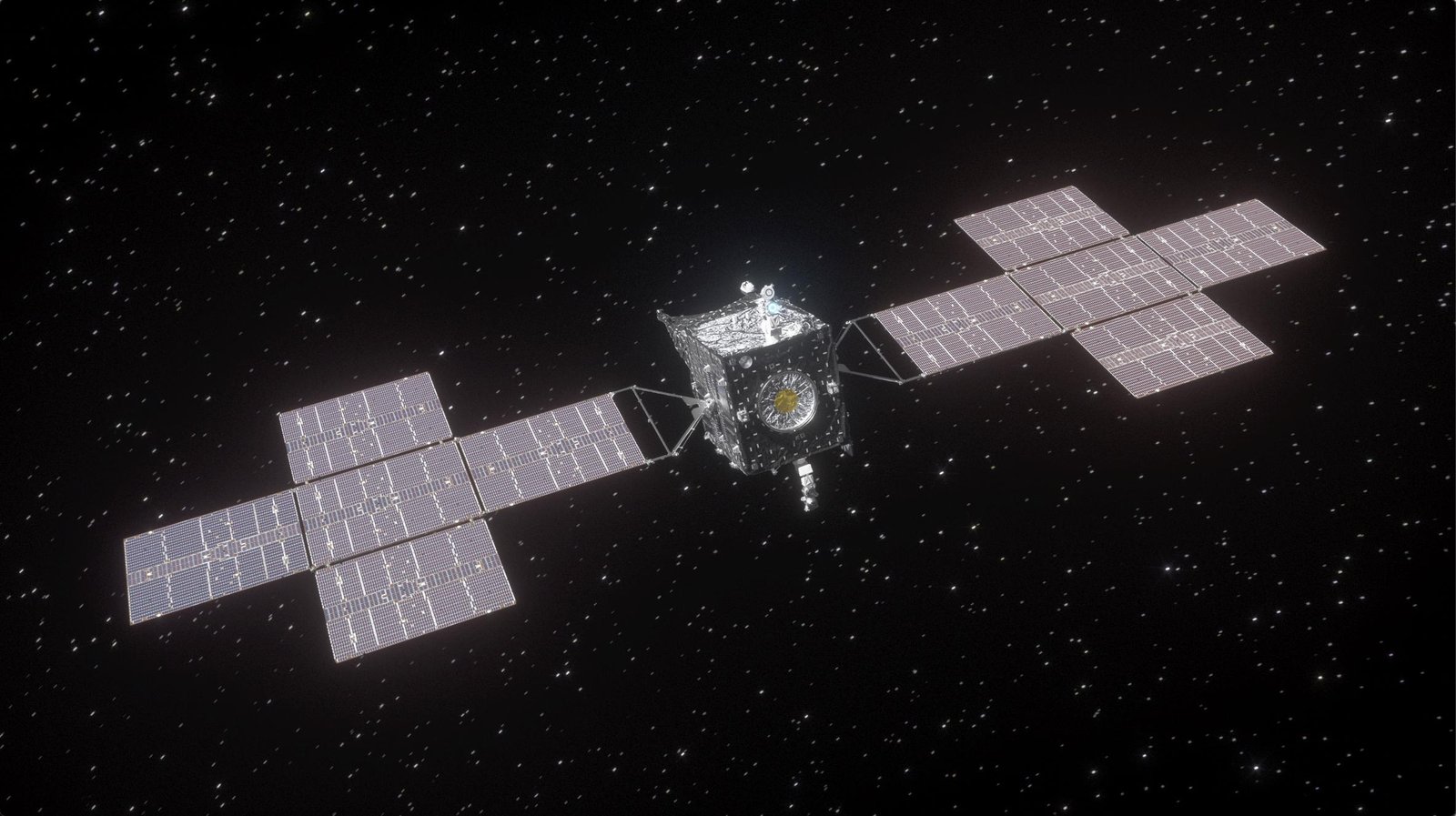DARPA wants a spacecraft to search for water on the moon
The LASSO spacecraft could orbit the moon as low 6 miles above the surface.
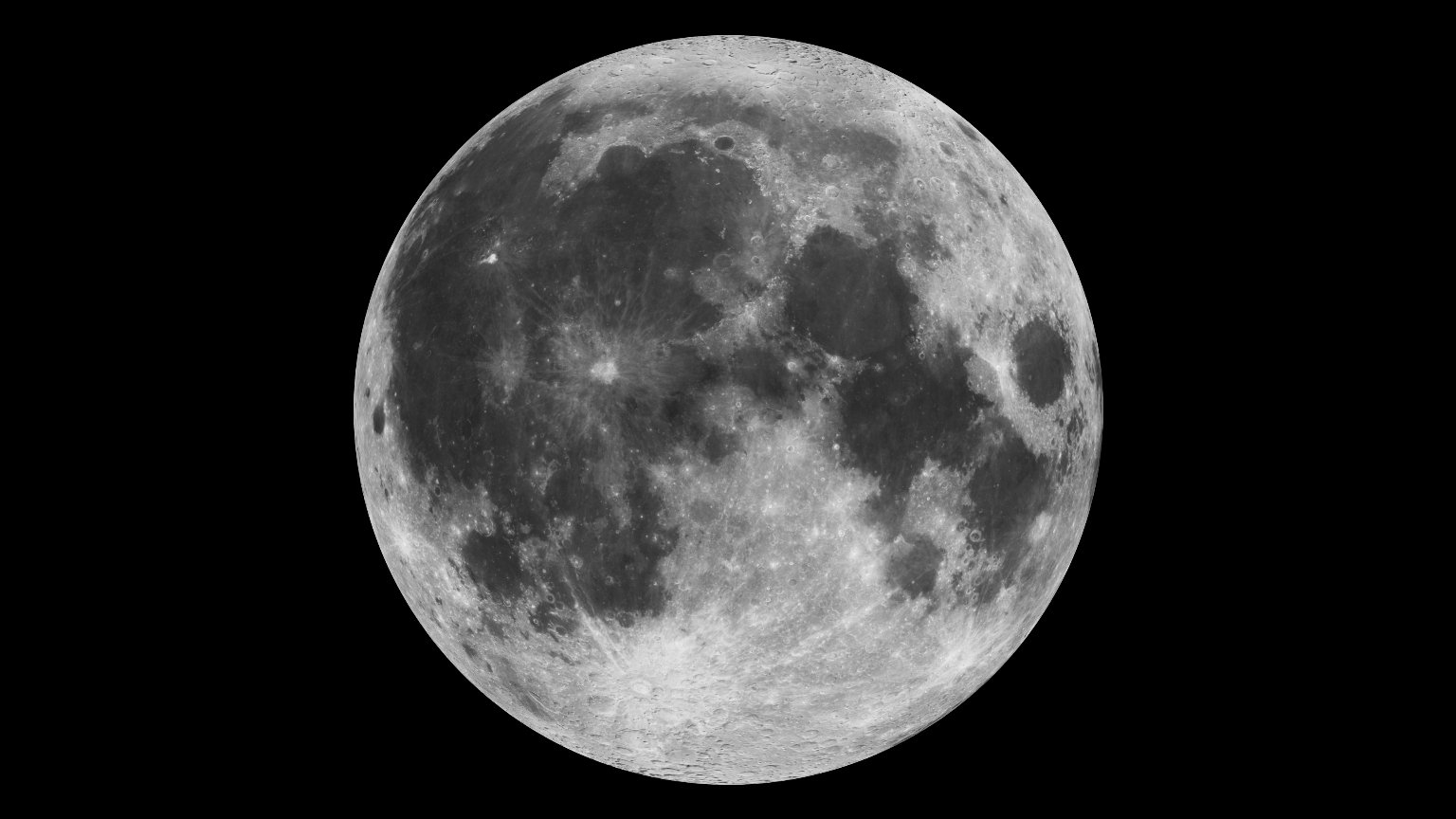
DARPA (the U.S. Defense Advanced Research Projects Agency) is looking for a private company to build spacecraft to orbit the moon and search for water.
A program solicitation that DARPA released on April 14 outlines the plan for the LASSO (Lunar Assay via Small Satellite Orbiter) program, with the goal of developing a system of one or several affordable satellites.
The hope is that, in four years or less, the LASSO spacecraft will map the entire surface of the moon — while circling in a very low orbit.
Currently, moon orbiters usually fly at least 62 miles (100 kilometers) above the lunar surface, DARPA writes, due to lunar mass concentrations, or mascons, which can mess with gravity and affect the flight of spacecraft close to the surface.
However, DARPA wants the LASSO spacecraft to orbit the moon as low as 6.2 miles (10 km). "The orbiting spacecraft needs to make trajectory updates to correct for the instabilities and keep the spacecraft from impacting terrain," the agency wrote in the program solicitation.
The low orbit will help the spacecraft find areas on the moon’s surface that have greater than 5% water concentration in patches of ground covering 1.5 square miles (4 square km) or less. The goal is to search areas "that are large enough and with a high enough confidence to justify the expense and energy required to retrieve it," DARPA wrote.
Part of the program includes an economic study that compares the cost of Earth-delivered water to the cost of lunar-sourced water. DARPA also wants the LASSO spacecraft to increase the United States' ability in "space situational awareness (SSA)" for future missions that may require "stressing orbital conditions" and satellite maneuverability.
Get the Space.com Newsletter
Breaking space news, the latest updates on rocket launches, skywatching events and more!
The LASSO mission aligns with NASA and DARPA’s overarching 10-Year Lunar Architecture study, which has scientists working on a range of technologies to help facilitate and establish a future lunar economy.
"LASSO will benefit DARPA, and eventually USSF [the U.S. Space Force], by establishing new technologies that can offer increased maneuverability and SSA while also supporting commercial space capabilities and NASA missions by identifying the existence of proven reserves of water," the agency wrote.
The submission deadline for abstracts is May 27.
Join our Space Forums to keep talking space on the latest missions, night sky and more! And if you have a news tip, correction or comment, let us know at: community@space.com.
Julian Dossett is a freelance writer living in Santa Fe, New Mexico. He primarily covers the rocket industry and space exploration and, in addition to science writing, contributes travel stories to New Mexico Magazine. In 2022 and 2024, his travel writing earned IRMA Awards. Previously, he worked as a staff writer at CNET. He graduated from Texas State University in San Marcos in 2011 with a B.A. in philosophy. He owns a large collection of sci-fi pulp magazines from the 1960s.
You must confirm your public display name before commenting
Please logout and then login again, you will then be prompted to enter your display name.

